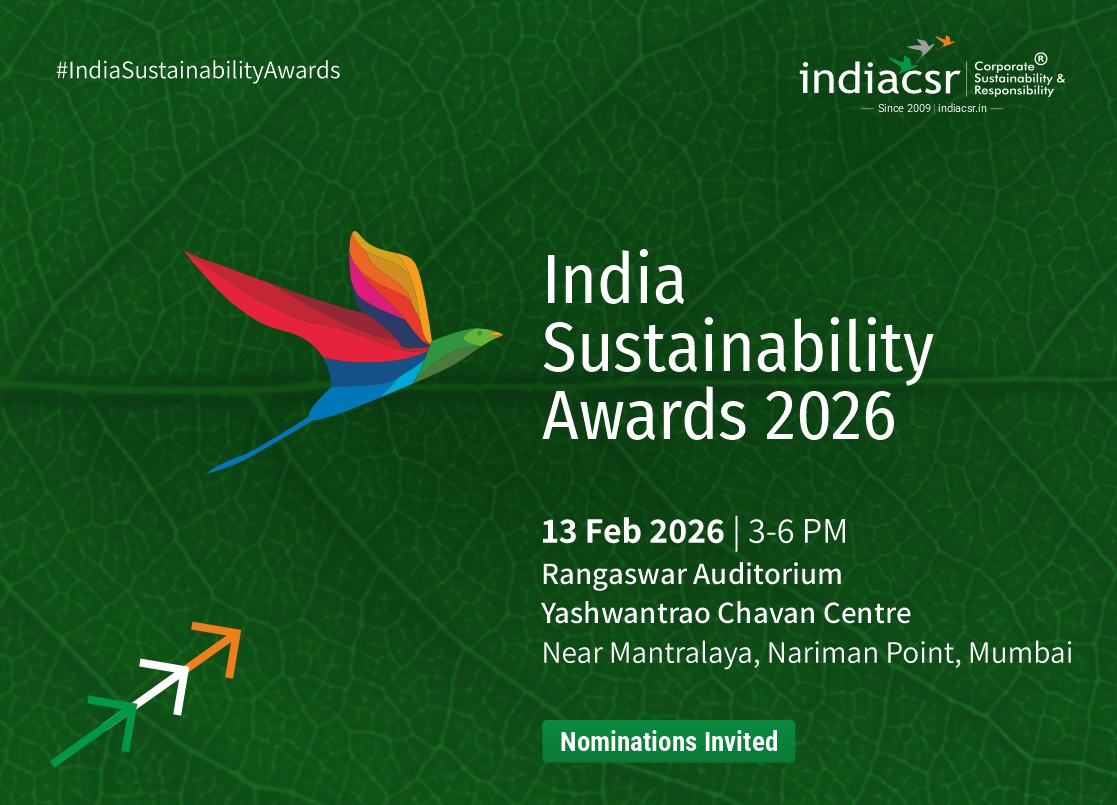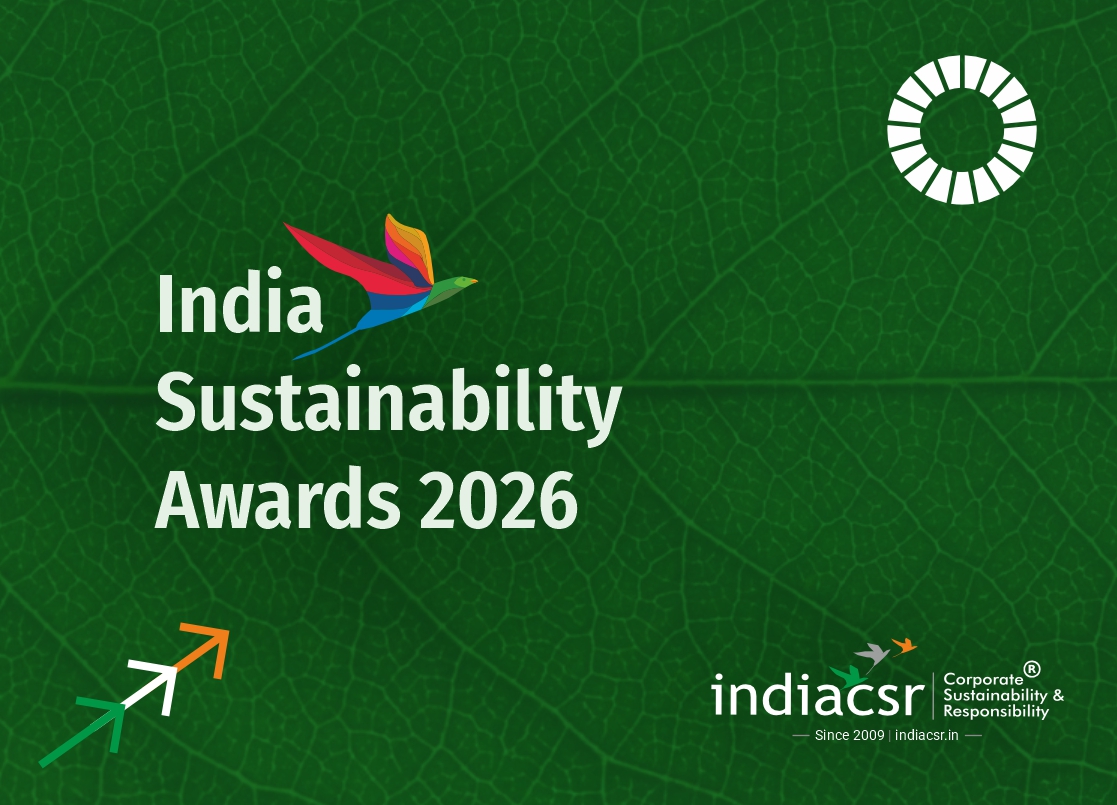By Rusen Kumar
Imagine this: A majestic elephant herd trudges through the mist-shrouded Sal forests of Jharkhand’s Saranda, their ancient migration route unbroken for centuries. Now picture the rumble of earthmovers just a kilometer away, churning up iron ore that fuels India’s steel dreams—and spewing toxins that could turn that pristine corridor into a poisoned vein. Which world do we want to inherit? Yesterday’s Supreme Court verdict forces us to confront that question head-on, imposing a nationwide ban on mining within one kilometer of national parks and wildlife sanctuaries. It’s not just a legal stroke; it’s a seismic shift in India’s tango with sustainability, ESG imperatives, and the gritty realities of a mining sector that’s both lifeline and liability.
In a ruling that’s already rippling through boardrooms and forest fringes alike, a bench led by Chief Justice B.R. Gavai declared an end to the “tug-of-war” between extraction and ecology. Born from the In Re: Saranda Wildlife Sanctuary case, the order expands a 2023 Goa-specific restriction into a pan-India shield, prohibiting all mining—new, ongoing, or proposed—in these buffer zones. Saranda, that emerald jewel holding 26% of the nation’s iron ore, becomes ground zero: Jharkhand must notify 120 forest compartments as a sanctuary within three months, sparing just six for “sustainable” digs. But as the dust settles, one can’t help but wonder: Is this the dawn of true environmental stewardship, or a velvet glove over the iron fist of stalled progress?
The Fragile Web: How Mining’s Shadow Threatens Water, Wildlife, and Human Health
At its core, this ban is a desperate bid to mend a fraying ecosystem. India’s national parks and sanctuaries—home to tigers, leopards, and over 1,300 bird species—aren’t isolated idylls; they’re the lungs of a water-stressed nation. Mining, with its voracious appetite for groundwater, has long been a silent saboteur. In Odisha’s Keonjhar district, for instance, iron ore pits have sucked dry village wells, forcing women to trek miles for a bucket of murky water. The Supreme Court’s logic is stark: Blasting within a kilometer unleashes sediments that choke rivers, acid mine drainage that turns streams lethal, and dust clouds laced with heavy metals like arsenic and lead.
Health tolls tell a grimmer tale. Studies from the Indian Council of Medical Research link proximity mining to soaring respiratory ailments—think chronic bronchitis in children playing amid red-dirt haze—and cancers spiking in Adivasi hamlets. Pollution doesn’t discriminate; it seeps into soil, tainting rice paddies and the very blood of those who till them. “We’ve traded black lungs for black gold,” laments Dr. Anjali Desai, a public health expert at the Tata Institute of Social Sciences. “This ruling isn’t anti-mining; it’s pro-life. Without clean air and water, what good is GDP growth if our kids can’t breathe?”
Yet, sustainability in India isn’t a monolith. The Wildlife (Protection) Act now fortified by this verdict, aligns with global ESG frameworks, nudging companies toward “no-go” zones. For investors eyeing India’s $100 billion mining pie, it’s a wake-up: ESG scores just got a compliance makeover. Firms like Vedanta and JSW Steel, already under fire for violations, must pivot to tech like drone mapping and zero-discharge systems—or risk divestment from green funds. The ban whispers a radical truth: True sustainability isn’t about extracting more; it’s about extracting smarter, leaving the earth richer than we found it.
The Double-Edged Ore: Mining’s Economic Might Versus the ESG Reckoning
Let’s not romanticize. Mining isn’t the villain in a Bollywood eco-drama; it’s the engine that powers 2.5% of India’s GDP, employs millions, and feeds the National Steel Policy’s 300-million-tonne ambition by 2030. In Jharkhand alone, Saranda’s reserves could bankroll schools and roads for tribal heartlands. But here’s the provocation: At what price? The sector’s ESG blind spots—rampant illegal digs evading the 1-km rule, community displacements masked as “development”—have bred distrust. The Forest Rights Act (FRA) gets a shoutout in the judgment, safeguarding Adivasi claims to habitat and harvest, but implementation? That’s where the rubber meets the red earth.
This ruling spotlights a deeper malaise: India’s growth story, once fueled by unchecked plunder, now grapples with planetary boundaries. ESG isn’t buzzword salad anymore; it’s boardroom gospel. Tata Steel, a Saranda stakeholder, has pledged “regenerative mining” with native tree corridors and water recycling—laudable, but scalable? Critics argue the ban could shave 5-10% off output in mineral belts like Chhattisgarh, hiking steel prices and inflating everything from cars to cutlery. “We’re not banning progress,” the bench retorted in its order, “we’re banning extinction.” Echoing Article 48A’s mandate to protect the environment, it reminds us: Governance that ignores the social (tribal evictions) or environmental (biodiversity loss) isn’t governance—it’s gamble.
As dusk falls over Saranda’s sal groves, the elephants move on, oblivious to Delhi’s decrees. But for us humans, the verdict lingers like a half-answered prayer. Will this 1-km red line inspire a mining renaissance—tech-driven, community-led, pollution-proof? Or will it widen the chasm between Delhi’s ideals and the ground realities of jobless youth in mining towns? India stands at a crossroads: Sustain the wild to sustain ourselves, or mine the future dry. The court has drawn the line. Now, it’s on us to walk it. What say you—elephant or economy? Perhaps, in the end, they’re not so opposed after all.
(India CSR)









